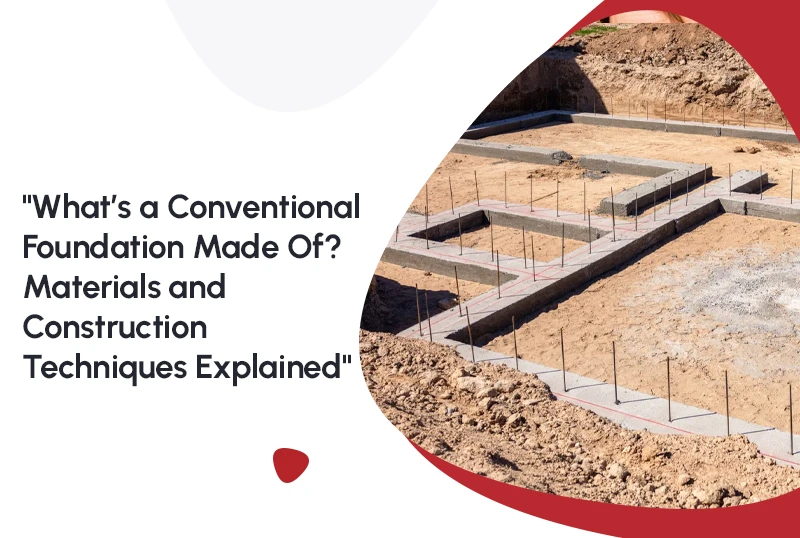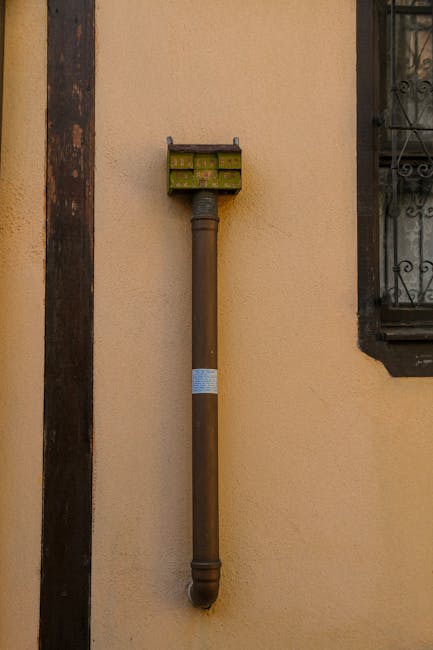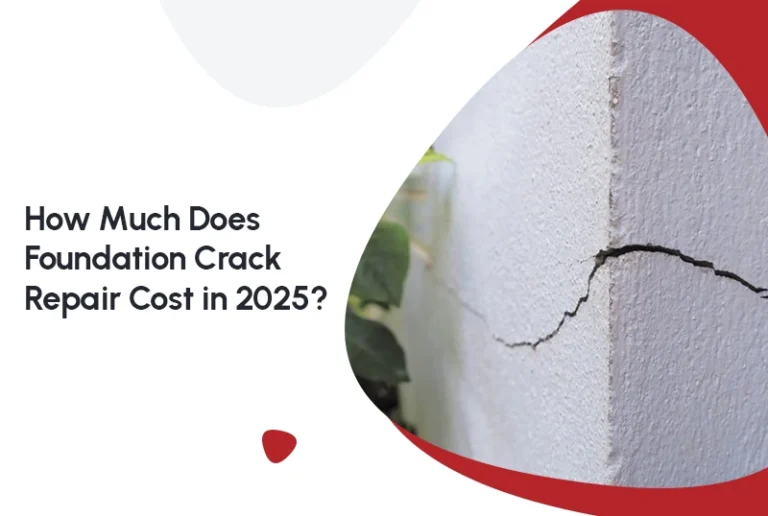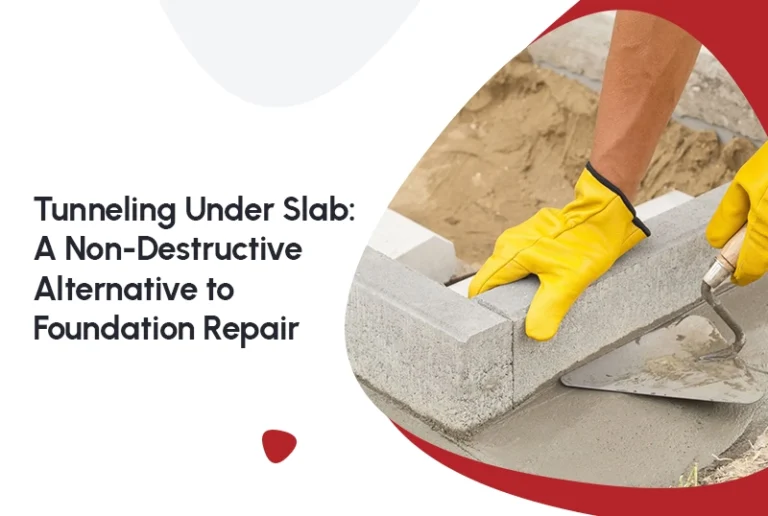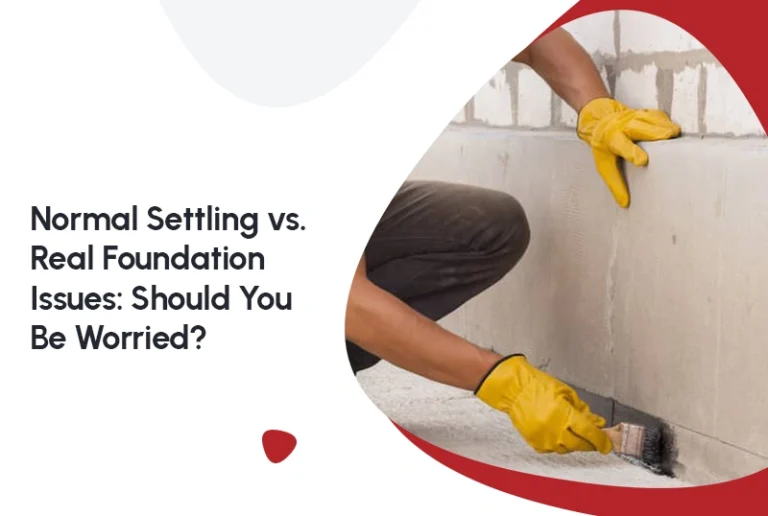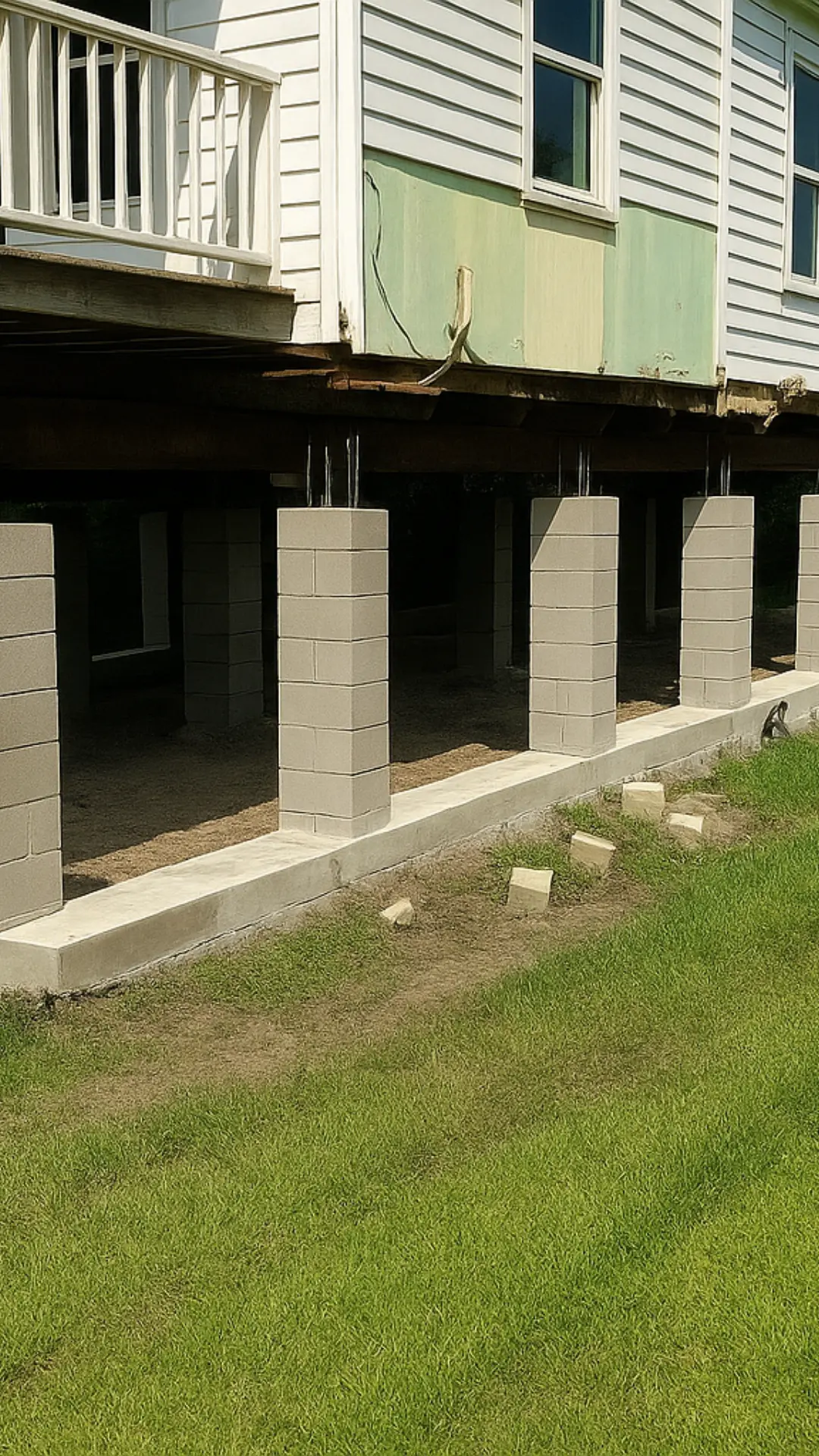Ever stepped into your home and felt a tiny dip under your feet or noticed a hairline crack sneaking across your wall? You might be asking—what’s a conventional foundation, and is it the hidden culprit behind these annoyances? Whether your floors wobble slightly or you’re just curious about the base that keeps your house standing tall, you’re in the right place.
We’re about to unravel the secrets of conventional foundations—the materials, construction techniques, and how they keep your home safe and steady. Don’t worry, we’ll make it fun, easy to understand, and packed with the knowledge you need. Plus, learning about your foundation could save you a fortune in repairs down the line!
What’s a Conventional Foundation Anyway?
Alright, let’s define exactly what a conventional foundation is. Simply put, it’s the traditional method used to keep your house upright. Made of strong materials like concrete, steel reinforcement, and masonry, it usually comes in three main types:
Basement Foundations:
Full-depth concrete foundations, giving you extra living space underground.
Crawl Space Foundations:
A shallower foundation with space between the ground and the floor, often used for easy access to plumbing and wiring.
Slab-on-Grade Foundations:
A flat concrete slab poured directly on the ground, often reinforced with steel bars.
Understanding what’s a conventional foundation made of helps homeowners spot potential problems early—like cracks or floor sagging—and take action before they become expensive headaches.
Materials: The Building Blocks of Your Home’s Foundation
Let’s talk materials. A foundation is like a cake: You need all the right ingredients in the right amounts to make sure it’s solid. Here’s what goes into that strong conventional foundation:
1. Concrete: The Star of the Show
Concrete handles heavy loads and keeps your home grounded. Whether for basements, crawl spaces, or slabs, it’s the main ingredient.
Why Concrete?
It resists compression beautifully and, when paired with rebar, forms a foundation that can endure decades.
2. Steel Reinforcement (Rebar): The Secret Weapon
Concrete on its own is strong, but when you add rebar (steel bars or mesh) to the mix, you get a foundation that can handle a whole lot more. Rebar is placed inside the concrete to give it tensile strength, which helps prevent cracks from forming and ensures your foundation stands the test of time.
Why Steel?
Concrete is great at holding weight but not so much at bending. Rebar helps the concrete withstand stress without cracking or buckling under pressure. It’s like a bodybuilder’s protein shake for your foundation.
3. Masonry Materials: Adding a Little Personality
In some foundations, particularly crawl spaces, masonry materials like concrete blocks or bricks are used to create walls and support the structure. These materials are strong and help distribute the weight of the home evenly across the foundation.
· Why Masonry?
Masonry materials are durable and cost-effective. They can stand up to moisture and keep your foundation strong. Plus, they add a little charm if you’re building a more rustic home!
4. Wood (Occasionally): Keeping Things Balanced
While not used in the core structure of the foundation itself, wood plays an important role in framing and floor joists. In some cases, especially with older homes or crawl spaces, wood provides an extra level of support for the floor system above the foundation.
Why Wood?
Wood is light, flexible, and easy to work with. It helps frame the space above the foundation and can be used to support the floor while allowing airflow in crawl spaces.
Construction Techniques: How a Foundation Comes to Life
Let’s dive into how conventional foundations are built. These steps ensure your house stays upright for years to come.
1. Excavation: Digging In
First, we dig according to the foundation type. Basements need deep trenches; crawl spaces require shallower ones. Proper excavation ensures stability.
2. Pouring Footings: The Base of It All
Footings spread your home’s weight across the ground. They’re poured concrete trenches that form the foundation’s base.
Why Footings Matter:
Weak footings lead to shifting foundations and cracks. A solid footing prevents major headaches!
3. Building the Walls: Solid Support
Once footings are in place, we build walls using poured concrete or masonry materials.
· Why Walls Matter:
They support the entire structure. Poorly built walls = shaky foundation = costly repairs.
4. Reinforcement: Strengthening the Structure
Next, we insert rebar or steel mesh into the walls to prevent cracking under stress.
Why Reinforcement Matters:
Foundations don’t just hold your house—they fight daily stresses. Proper reinforcement protects your investment.
5. Waterproofing and Drainage: Keeping It Dry
Finally, we waterproof the foundation and set up drainage systems. Water is the enemy—it can crack, erode, or weaken your foundation over time.
Why Waterproofing and Drainage Matter:
Proper drainage keeps moisture away, reducing foundation damage and saving you money on future repairs.
Regular inspections, timely repairs, and proper drainage help maintain your conventional foundation. In fact, according to the American Society of Home Inspectors, foundation issues affect about 25% of all homes in the U.S., making proactive maintenance critical.
Final Thoughts
Understanding what’s a conventional foundation gives you a head start in keeping your home safe, stable, and solid. Concrete, rebar, masonry, and wood work together to form a reliable base. If your floors sag, walls crack, or water creeps in, FNF Foundation has the expertise to fix problems fast—saving you stress and money.
Don’t wait for a dip or crack to get worse—contact FNF Foundation today and keep your home grounded!
FAQs About Conventional Foundations
1. What’s a Conventional Foundation Made Of?
A conventional foundation is made of concrete, steel reinforcement (rebar), masonry materials (like concrete blocks or bricks), and sometimes wood for framing. These materials combine to form a durable, stable base for your home.
2. How Long Do Conventional Foundations Last?
With proper care and maintenance, a conventional foundation can last for decades, often 50 years or more. However, regular inspections are key to spotting problems early.
3. Are Conventional Foundations Suitable for All Homes?
Yes, conventional foundations are a great fit for most homes, though certain soil conditions or climates might make other types of foundations more suitable. Your builder can assess the best option for your location.
4. What’s the Average Cost of a Conventional Foundation?
The cost of installing a conventional foundation can vary based on your home’s size, the foundation type, and materials used. On average, conventional foundations range from $5,000 to $15,000.
5. What Are the Signs of Foundation Problems?
Cracks in the walls, uneven floors, and doors or windows that stick are all signs that your foundation may need attention. If you notice any of these, it’s time to call in a professional.
